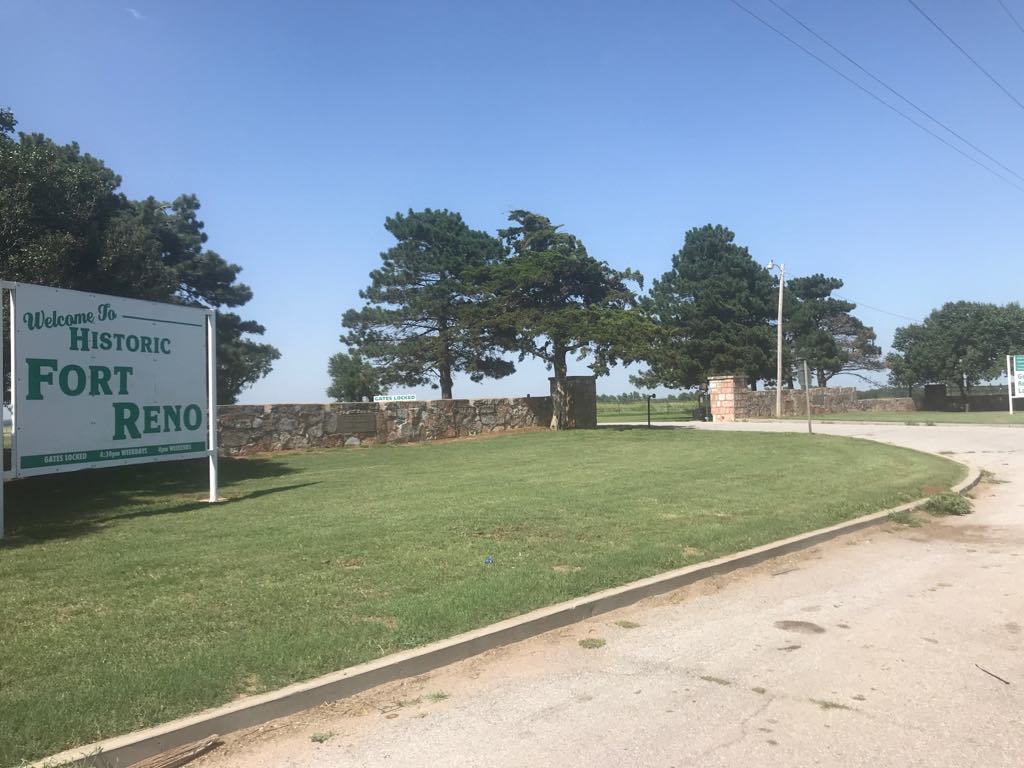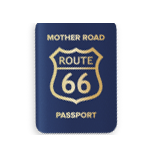Fort Reno began as a military camp in 1874 in the Indian Wars Era. In 1876 the fort was named by General Phil Sheridan, in honor of his friend Major General Jesse L. Reno, who was killed in the Civil War in 1863 at the Battle of South Mountain in Maryland. The cavalry and infantry stationed at Fort Reno played an important role in the transition of the area from Indian Territory status to Oklahoma statehood in 1907. United States Cavalry units, including the Buffalo Soldiers (Black soldiers of the 9th and 10th U.S. Cavalry, and the 24th and 25th Infantry), and the Cheyenne and Arapaho Indian Scouts, along with the U.S. Marshal Service, maintained the peace on the central plains until the turn of the century. In 1908, Fort Reno became one of three Army Quartermaster Remount Stations for the military, a role which it served through 1948. Specialized horse breeding and training of pack mules became the central focus of activity at Fort Reno. During World War II, 94-acres of an eastern portion of the Fort Reno lands served as an internment work-camp for German and Italian Prisoners of War. They were a part of General Rommel’s Afrikakorp captured in North Africa. in 1944, they built the Post Chapel located to the north of the Parade Grounds. The west side of the historic military cemetery is where seventy German and Italian Prisoners of War are interred.
Route 66 Navigation
 Route 66 Guide
Route 66 Guide
 Route 66 Shop
Route 66 Shop
 Route 66 Passport
Route 66 Passport

Ultimate offline turn by turn navigation for historic route 66
Go to APP website
Free Route 66 Guide Book in 8 languages
Go to BOOK website
Route 66 Navigation SHOP
Go to SHOP now
Have fun on Route 66 and collect stamps to your Passport
webpage


